
Interestingly, blockchain technology is easily accessible to everyone actively or passively involved in crypto. However, the growth of this technology has seen blockchains take different variations due to their functions. While there are private and public blockchains, one of these unique blockchain technologies that help organizations meet up with set goals is called a consortium blockchain.
How Does The Blockchain Work?
As a crypto enthusiast, you must be familiar with the term “Blockchain” because cryptocurrencies cannot exist without it. Consequently, a blockchain is a digital ledger that publicly stores data, mostly crypto transactions.
The decentralized technology is controlled by a network of computers remotely connected, preventing a single person from having total control and encouraging transparency, privacy, and security. These servers represent “nodes” of the blockchain network with a copy of the ledger file.
Just imagine an image of blocks linked together with a chain from one end to the next; that should give you a clear picture of what the blockchain looks like.
A blockchain stores transaction data as “blocks.” So when you authorize and secure your transaction with your digital signature on the blockchain, the data is saved in a block. As one block gets filled, a new block is formed, linking it with the old one.
Additionally, the blockchain is a combination of the following:
- Cryptographic keys.
- A peer-to-peer network with a shared ledger.
- A means of storing transactions and records.
You cannot access the blockchain without cryptography keys. Cryptography keys are private and public keys that allow you to transact with other crypto traders in the market. Therefore, the cryptographic keys serve as your digital signature, giving you access to your funds and allowing you to trade on the blockchain.
It is important to note that blockchain technology comes in different types: private, public, permissionless, and consortium.
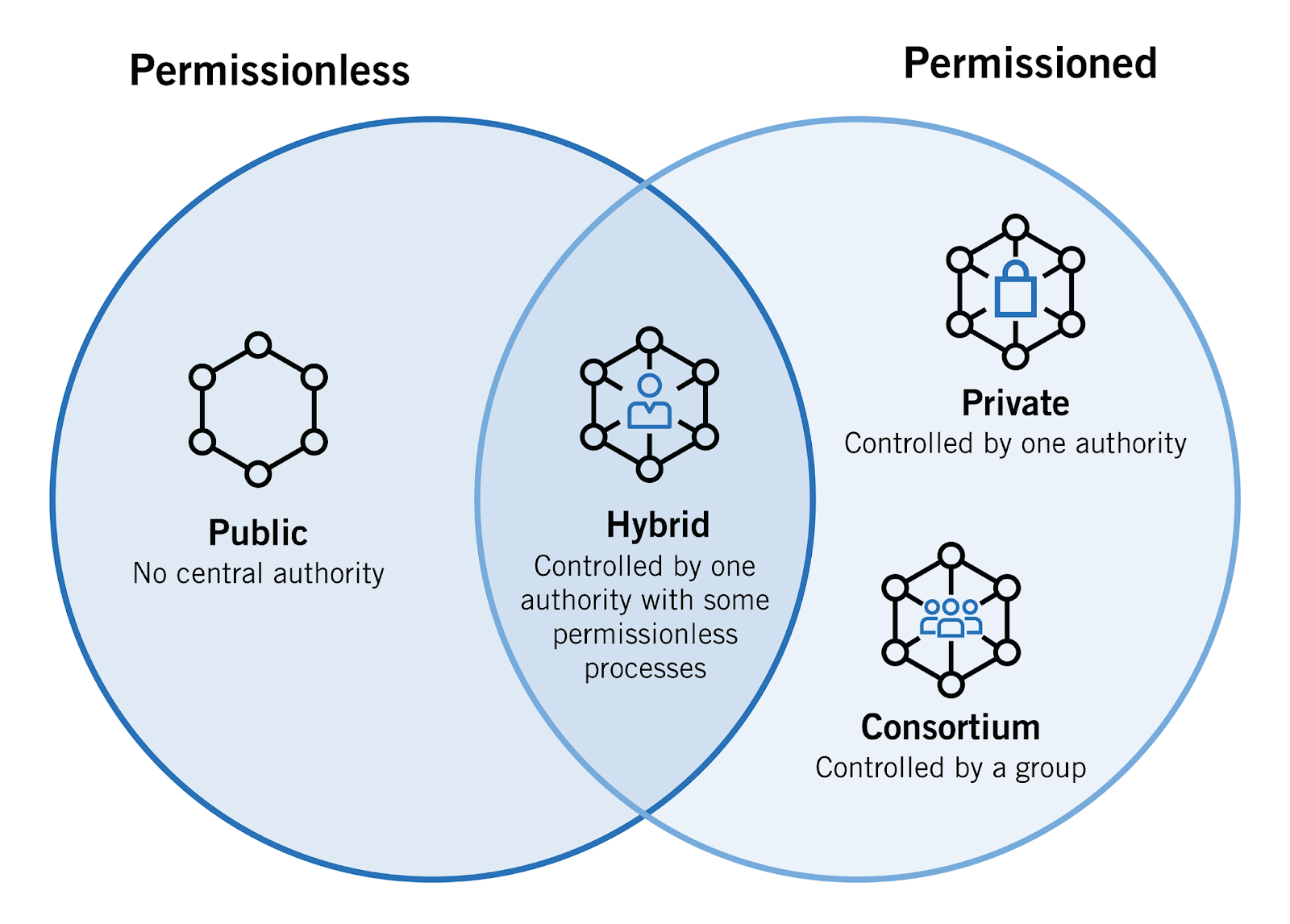
Private blockchain:
Private companies and organizations mostly use private blockchains because it works on closed networks. These private blockchains have permissioned settings that restrict who can operate on the chain.
This blockchain is less decentralized because a central authority manages the network. Therefore, without an invitation or permission from the authority, you cannot access the private blockchain.
Public blockchain:
On the other hand, public blockchains are the home of significant crypto assets like Bitcoin and Ethereum. Moreover, unlike private blockchains, users do not need permission to run their transactions on the network. Therefore, anyone can access the public blockchain because it is more open and decentralized.
However, a public blockchain usually needs a large amount of processing power to keep the network efficient. In addition, to ensure that every user is carried along, each node in the network must pass the cryptographic challenge, known as proof-of-work (PoW).
Hybrid blockchain:
Similar to a private blockchain, this network is an open-source platform but controlled by a central entity. However, unlike other networks, there are no gatekeepers. Therefore, you can access the blockchain and make transactions without passing through the KYC requirements.
Overview: Consortium Blockchain
A consortium blockchain, also known as a federated blockchain, is a mix of private and public blockchains. This blockchain technology is permissioned because it requires the gatekeeper’s authorization to access the blockchain network. However, there is more than one gatekeeper with equal control, making it more decentralized.
Because the consortium blockchain is not totally private, no person or organization has total control of the blockchain. In practical terms, multiple organizations serving as validators come together to build an environment that benefits the blockchain network.
Additionally, a consortium blockchain has a mix of security, decentralization, scalability, and efficiency compared to private and public blockchain networks. There is a guarantee of excellent performance in this blockchain setting because participants are few.
Furthermore, each user has equal voting rights. Every node can access transactions, but no node can add a new block without other nodes’ approval.
Most companies and organizations focus on federated blockchains because they help to create solutions to various industry challenges. Consequently, these organizations, aligned by the same vision, hold the same authority on the consortium blockchain to ensure efficiency, transparency, and accountability. Therefore, companies can build on existing blockchain technology to achieve their goals without starting from scratch.
Types Of Consortium Blockchains
The types of consortium blockchains include business-focused, technology-focused, and dual-focused consortium blockchains.
Business-focused consortium blockchain
Prominent companies in the business industry dominate this type of blockchain for particular business issues. The participants leverage each others’ strengths and pull their resources together, including finance, marketing strategy, research, and management, to achieve their individual and joint commercial goals.
Interestingly, leading financial institutions and healthcare bodies are paving the way in using blockchain technology to improve efficiency.
Technology-focused consortium blockchain
Like the business-focused federated blockchain, technology-inclined companies can share resources and information on an efficient and reusable blockchain platform that focuses on a technicality.
In addition, this type of consortium blockchain allows technologically driven organizations to access blockchain technology and build a community of developers ready to take innovation to the next level.
Dual-focused consortium blockchain
Compared to other types of consortium blockchains, dual-focused networks provides a platform that offers both technology and business solutions. Therefore, this network is ideal for businesses that want to achieve commercial and technological goals.
Finance and agriculture, health and technology, logistics, and tourism are organizational pairs that can thrive on dual-focused consortium blockchains, allowing organizations to exchange ideas and resources to create the perfect service efficiently.
Features Of Consortium Blockchain
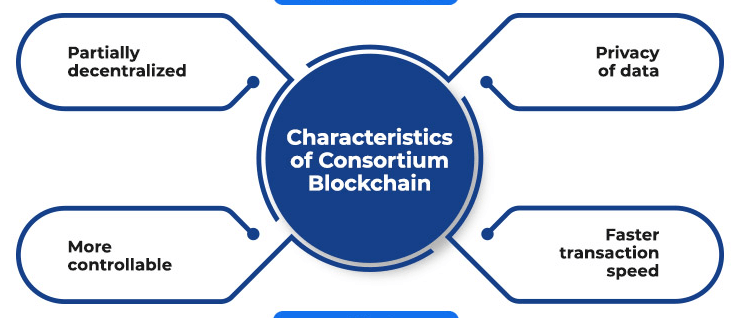
- Semi-open network: The consortium blockchain has a hybrid feature of private and public blockchains. While the blockchain is permissioned, authority is decentralized by the ecosystem’s participants.
- Strict regulations: The federated blockchain is guided by strict rules; hence no one can act independently. For example, every node can access transactions, but no node can add a new block without other nodes’ approval.
- Immutable: Whatever the participants agree on, it cannot be altered.
- Faster transaction: Because the network members are few, consortium blockchain technology handles transactions faster than public blockchains.
- Scalability: A consortium blockchain offers efficient scalability to users compared to other types of blockchains. With the federated blockchain, it is easier to add nodes without affecting the effectiveness of the network.
Pros Of Consortium Blockchain
- Cost-effective: Federated blockchain networks charge little or no transaction fee compared to other blockchain technologies.
- Security and privacy: Users can trust the consortium blockchain network to keep their transactions and vital data secure from the public.
- Control: While private blockchains allow a single entity to control the ecosystem, consortium blockchain participants have equal rights to set rules, edit transactions, and contribute efficiently to the ecosystem.
- Shared gains or losses among users: Participants of this blockchain can either win or lose after pulling their resources together. When risks are shared, losses would be minimal among users. On the other hand, federated participants increase their profit.
- Validation: Consortium blockchains stand out from other blockchains because users are verified. As a result, participants do not have to worry about data threats. Additionally, defaulting nodes are easily detected and sanctioned accordingly.
Cons of Consortium Blockchain
- Upgrading: Participants may find it difficult to regulate themselves during the consortium blockchain upgrade process, especially in large numbers.
- Network setup: Because the federated blockchain is semi-decentralized, a few participants could use their control negatively on the network.
- Poor collaboration: Participants may find it hard to work together on their set goals, which could affect the speed and efficiency of the consortium blockchain.
Top Industries Using Consortium Blockchain Technology
It is no surprise that leading industries and sectors are integrating blockchain services to improve their operations. Governments have also flagged off research projects to see how economies can benefit from blockchain technology, especially as the world is slowly shifting from traditional to digital means. So let’s take a closer look at the leading industries utilizing federated blockchain technology.
Financial institutions
The finance sector is vital for any economy that wants to thrive. Hence, an advanced and decentralized database is needed to record asset transactions and customers.
Consequently, financial institutions such as banks and security houses create a database that stores information about their clients. As a result, they can always refer to the blockchain to access important information. For example, banks can quickly know how credit-worthy you are from your transaction history.
Health institutions
The partnership between the health and insurance sector allows people to avoid spending on emergency health complications. Therefore, hospitals and insurance organizations require a consortium blockchain to store data, exchange relevant information, and process transactions quickly.
Logistics
With a consortium blockchain, participants benefit from a network with an extensive database that helps track product flow from the source point to their destination.
Prominent Blockchain Consortia You Should Know
Hyperledger
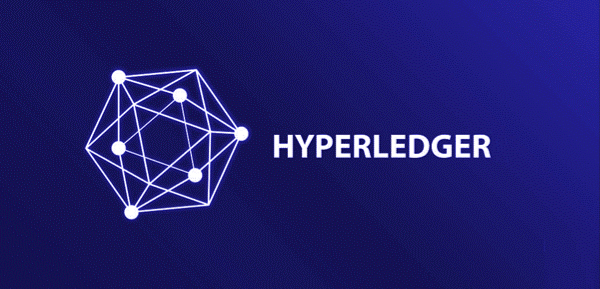
Since its launch in 2016, Hyperledger has become one of the leading federated blockchains worldwide. Additionally, it is one of the top open-source networks because it provides blockchain solutions, including technological support for prominent projects.
These solutions allow companies to create their blockchain projects. And so far, there are over 250 members on the consortium network.
Marco Polo
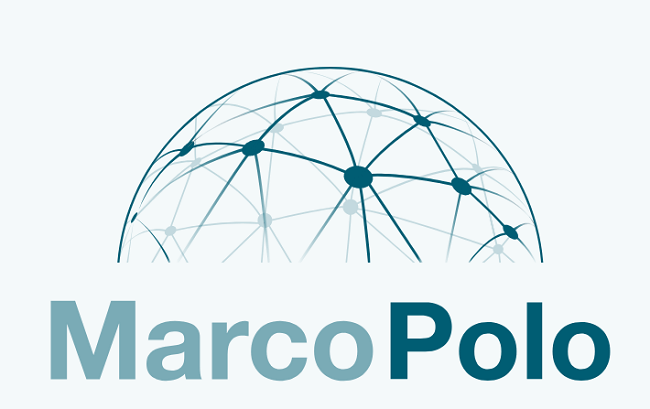
Marco Polo is one of the leading consortium blockchains that simplifies the trade flow process by enhancing the supply chain solutions and trading partnerships to a blockchain network. Based on R3’s Corda, Marco Polo guarantees security and supports processing credit and money assets, goods, and other financial-related transactions. Examples of companies that use this federated blockchain technology include Standard Chartered, BNP Paribas, Natwest, and Bangkok Bank.
Bankchain
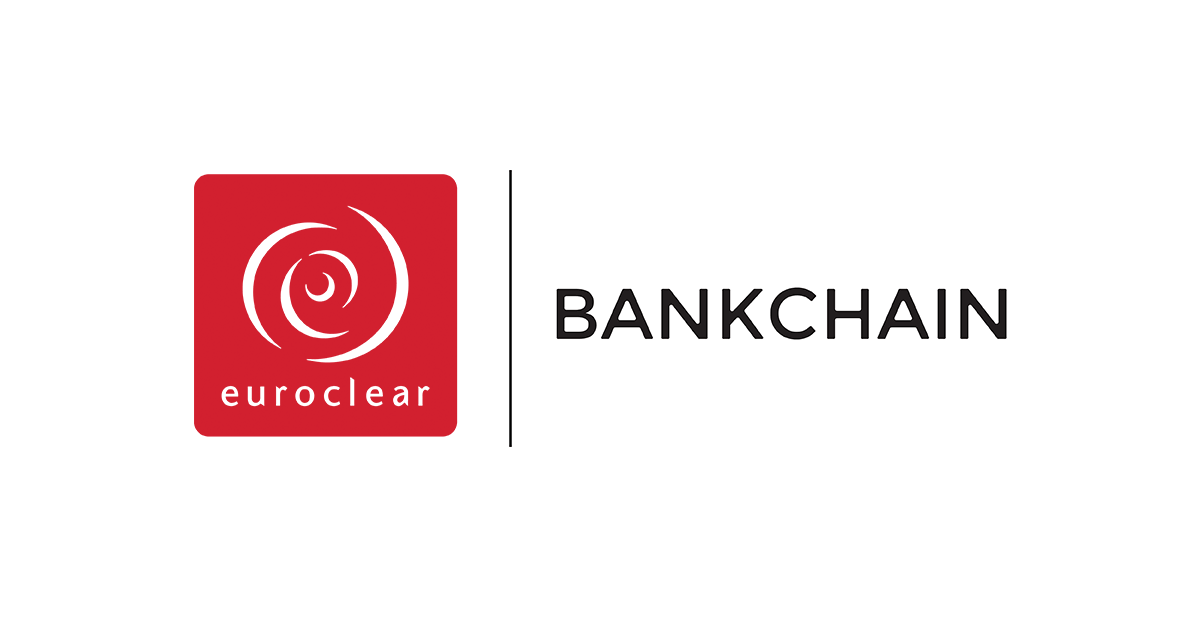
Primechain technologies developed this blockchain technology in 2017 and have grown to one of the top consortium blockchains with about 37 members and partners. So far, the federated banking blockchain has overseen eight live projects, including Charge Registry, Corporate KYC, Global marketplace for private debt instruments, Global marketplace for government securities, and so on.
Additionally, Bankchain has developed and initiated different blockchain platforms, taking responsibility for governing, operating, and managing the network.
R3
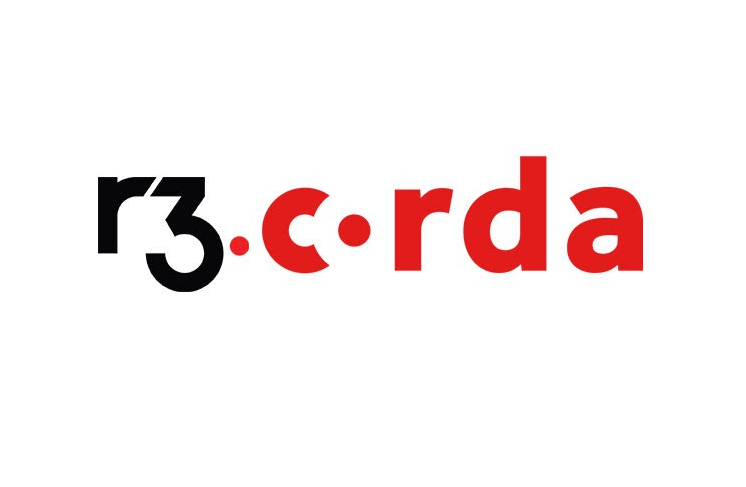
This blockchain technology is one of the rarest networks on the consortium list because of its dual-focused offerings. R3 provides an open-source network to users for users to explore technological solutions. On the other hand, business enterprises can also benefit from commercial solutions. Interestingly, the blockchain allows users to switch between both solutions.
R3 continues to explore other blockchain niches, increase its use cases, and gain more participants. So far, the network has over 200 members in its ecosystem.
Cryptocurrency Has A Lot Of Potential, So Start Trading With Us
With the exponential increase rate of blockchain adoption among individuals, businesses, and industries, cryptocurrency is slowly becoming a part of our daily lives. And as more digital assets continue to evolve, the blockchain industry will keep expanding.
Therefore, cryptocurrency adoption is inevitable despite countries looking to regulate the narcissist digital asset class.
However, it is not too late, especially if you are just starting. Hence you need a platform that will provide the tools to stand out in the crypto market. Margex is an easy-to-use digital asset trading and investment protocol that offers a fair and secure way to trade your crypto assets.
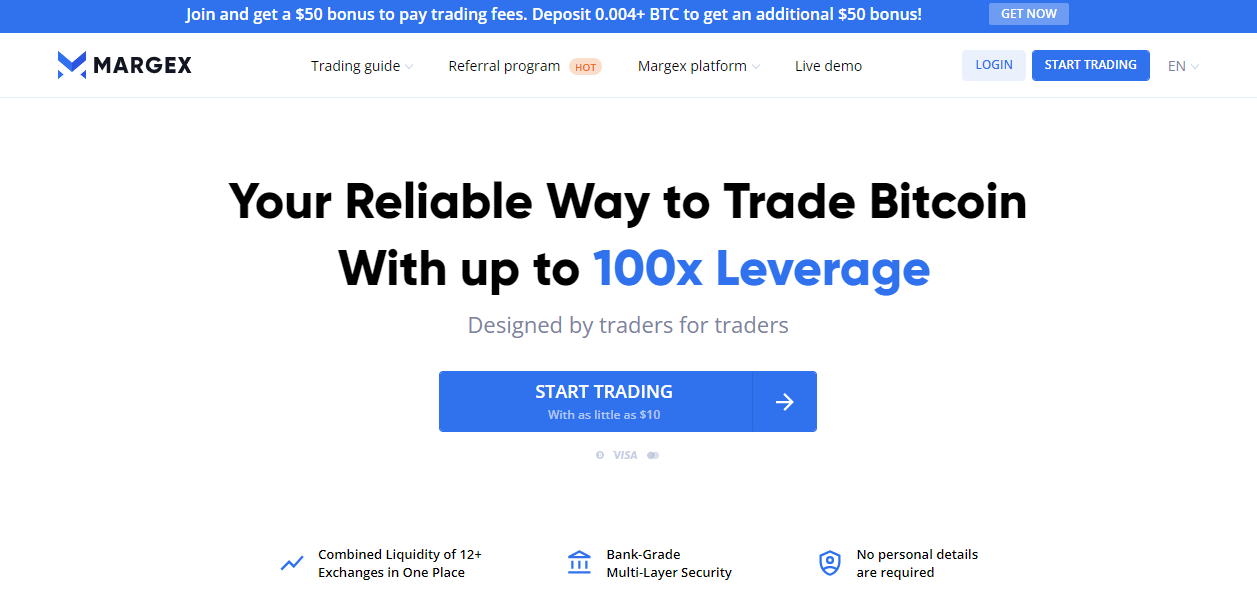
Users can trade and deposit as many as 14 cryptocurrencies without restrictions. In addition, Margex offers the best leverage and margin trading options in the market.
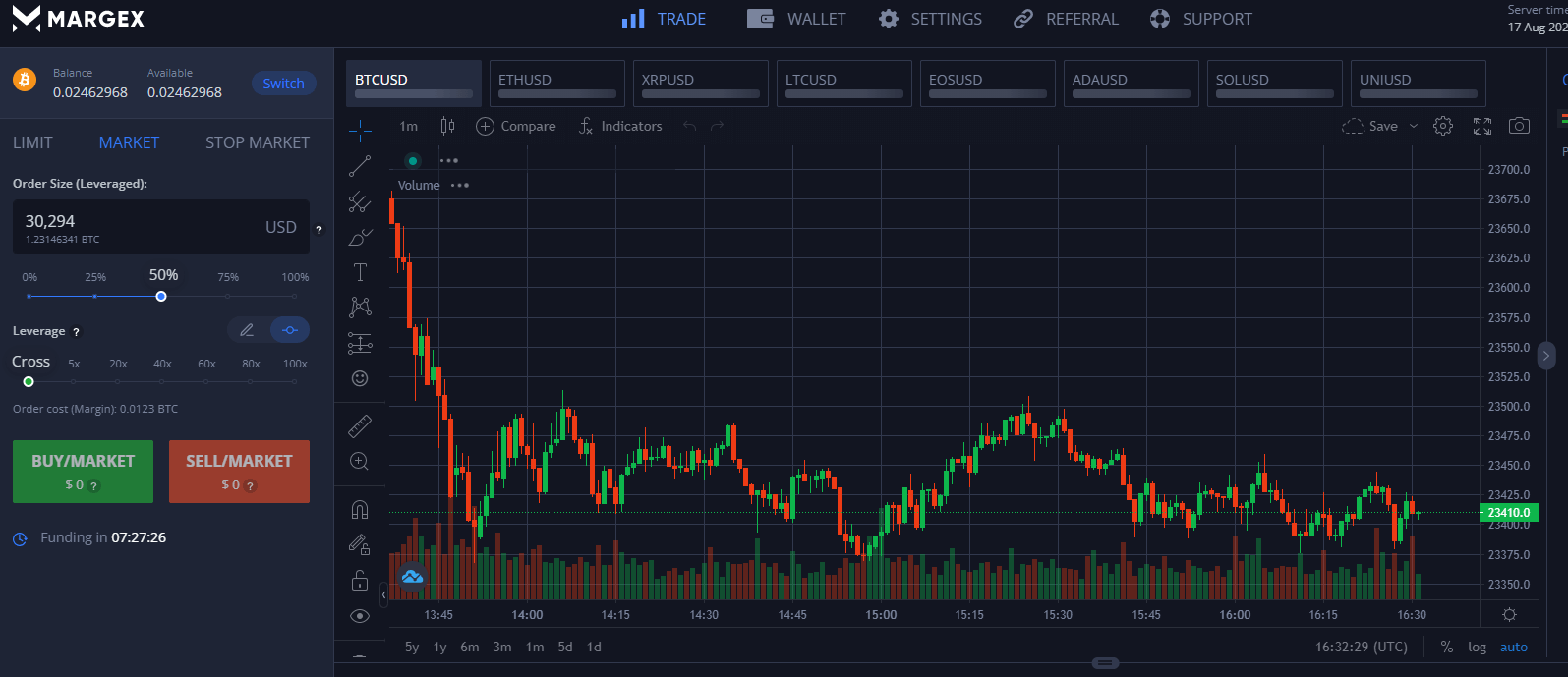
Unlike other trading platforms where to trade a particular pair with different collateral, you either need to open a new account or the collateral needs to be deposited in your account as one -sided part of the pair, etc, Margex allows you to trade all the pairs available on the platform and settle the outcome of your trade in your preferred cryptocurrency or stablecoin.
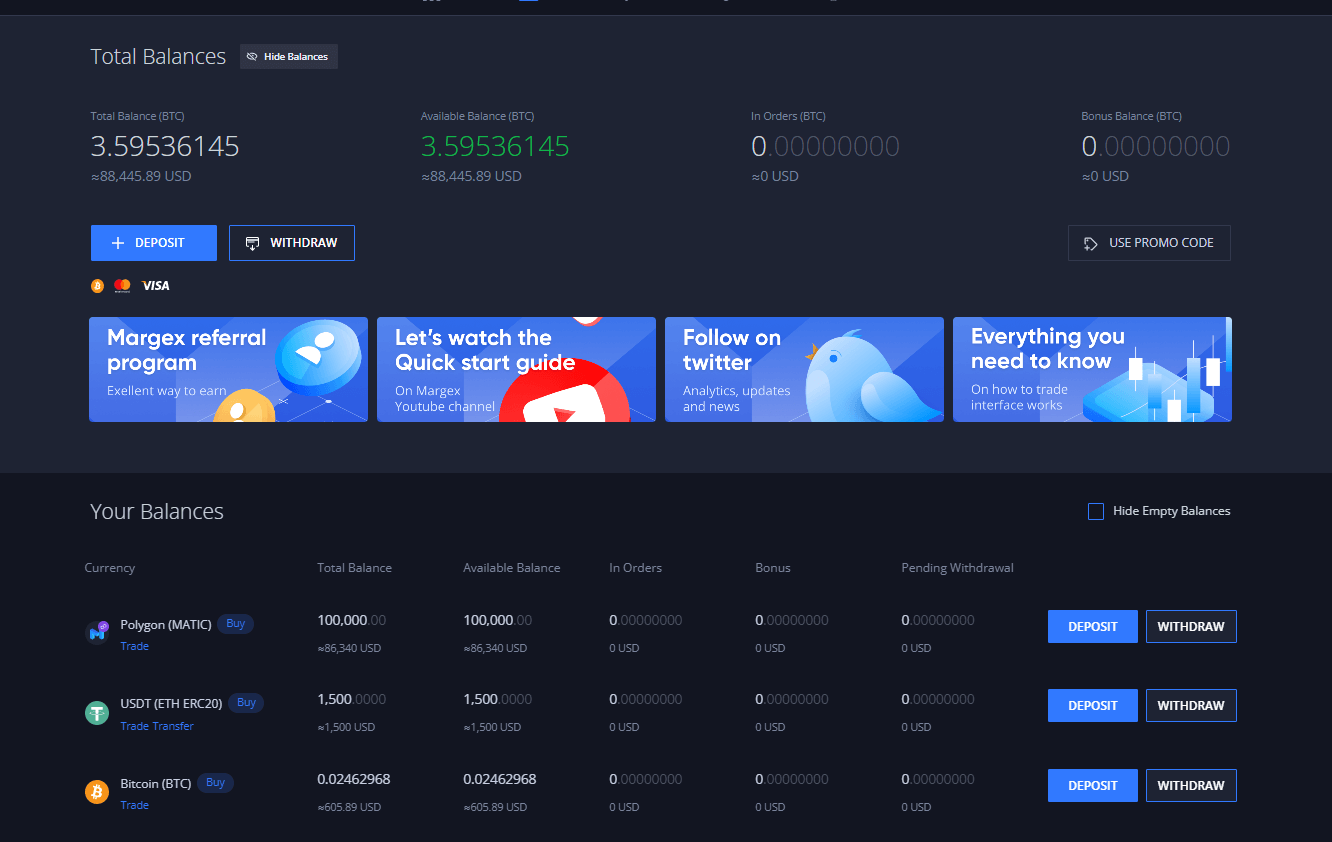
Furthermore, Margex offers a wallet that allows you to effectively store and manage your digital assets in a secure platform. Unlike other forms of wallets that have suffered hacks in recent years, Margex provides top notch security and your assets are well secured.
You can start trading with Margex by clicking here.
FAQ
Are consortium and hybrid blockchains the same?
Consortium and hybrid blockchains have similar features to private and public blockchain networks. However, consortium platforms are used by organizations collaborating on projects, with each participant having equal rights.
What is the disadvantage of consortium blockchain?
Consortium blockchains may have users that only look out for their personal interests. Because of its limited number of nodes, there is a chance that some corrupt users would want to take advantage of the network.
Additionally, participants may find it difficult to regulate themselves during the consortium blockchain upgrade process.
What is the Ethereum consortium blockchain?
Ethereum blockchain is an open-sourced platform where users can develop decentralized apps or smart contracts. It is not a consortium blockchain because the ethereum network is fully decentralized.
What are the four types of blockchains?
The types of blockchains are private blockchain, public blockchain, consortium blockchain, and hybrid blockchain.
What is the difference between private and consortium blockchain?
A private blockchain is an organizational network that allows a single entity to control the platform. On the other hand, a consortium blockchain is a network of multiple organizations that have equal control.


